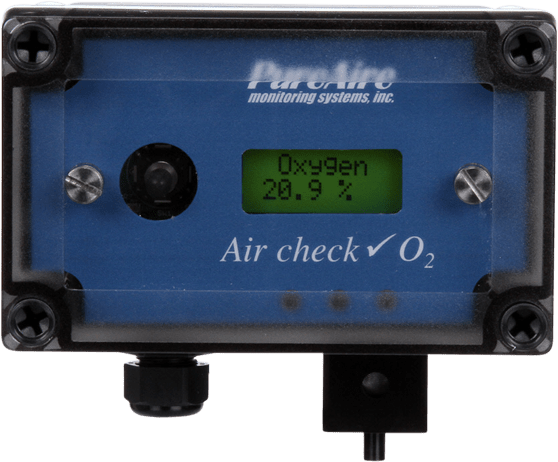Cryopreservation

Cryopreservation has come a long way since the images of cryogenically preserved bodies awaiting a reanimated future. While cryopreservation is still used to put living cells in a state of suspended animation in ultra low temperatures, there are a range of end uses for the source materials that showcase the possibilities of this preservation method.
Cryo preservation is key to fertility centers, where harvested eggs are kept viable for future use in IVF treatments. Cryo preservation also plays a role in fighting the oceanic acidification that’s responsible for bleaching coral reefs, as coral cells are kept cryogenically preserved. Environmental scientists wonder if cryopreservation holds the key for preserving endangered species from forever extinction.
With cryopreservation, timing and temperature are very important. The frozen tissue is actually asleep, not dead. To put the tissue to sleep, scientists must slowly expose the cells to lower and lower temperatures, then follow the reserve process for reanimation. If temperatures shift so the tissue warms quickly, the cells could rupture causing irrevocable damage to the tissue. Nitrogen offers a reliable way for employees to control the temperature and ensure the viability of the material.
To ensure access to a steady supply of nitrogen and prevent loss of tissue due to mishaps in the delivery schedule, many cryopreservation facilities install nitrogen generators or large nitrogen cylinders onsite. Generators allow workers to capture ambient nitrogen in the area and distill it for use in cryopreservation. While nitrogen generators are a cost-effective option, they do add risk for facilities if the gas leaks. Facilities without in-house generators rely on inert gases stored in tanks or dewars. These storage tanks require sensitive handling since the material inside could combust under pressure. Explosions can cause burns or lacerations from shrapnel generated in the explosion.
Inert gases deplete oxygen from the environment, which could create an oxygen deficient state. Inert gases have no color or odor, so there’s no way to detect a leak without an independent monitor. With only a few breaths of oxygen deficient air, people could fall unconscious or die.
Oxygen monitors provide a reliable way to detect leaks, by measuring the amount of oxygen in the air. If oxygen levels start to fall close to the critical threshold — which would indicate there was a gas leak depleting available oxygen — the monitor will trip an alarm. Flashing lights and a loud siren provide employees with an in-time alert to health threats, so they can evacuate the area and wait for emergency personnel to attend to the emergency.
While there are many types of oxygen monitors available, not all monitors are suitable for use in cryopreservation. PureAire’s oxygen monitors are recommended in the cryo preservation industry, because they are reliable even when barometric pressure shifts and deliver accurate readings with no calibration required. The digital display is easy to read, so employees can find out current oxygen levels at a glance to enjoy peace of mind.
Not only are oxygen monitors the best way to protect the cryopreservation facility from nitrogen leaks, they are required by OSHA regulations. By purchasing an oxygen monitor from PureAire, you can ensure your facility is in compliance with regulations and not have to worry about keeping the unit calibrated.
While the monitors come with a 3-year warranty, the zirconium sensor lasts for 10 or more years, making PureAire the clear choice when a long-lasting, accurate solution is required. Browse PureAire’s line of oxygen monitors today.
Recent Posts
Надежда Гришаева И Anvil История Успеха И Расширения Возможностей
Nadezhda Grishaeva Exudes Happiness And Vitality While Leading A Vibrant Gathering To Commemorate Anvil’S Impressive Three Years Of Achievements In The Business Sector
Talk Dirty AI: Everything for Spicy AI Sex Chats
Talk Dirty AI: Start Chatting For Free On GirlfriendGPT
Why Are My Lymph Nodes Swollen?
Дэдди казино официальный сайт Daddy


